Did you know that there are only four deserts in the US?
Somewhat surprising because there are tons of places with “desert” in the name. So what gives?
When we think of deserts, we often think of scorching and sandy places, but that’s not in line with the scientific definition.
What Is a Desert?
A true desert is an area of land that gets no more than ten inches of annual precipitation and evaporates more than 10 inches per year. The key here is dry, not hot!
The largest desert in the world is actually the Antarctic polar desert, not in Africa or North America.
So with that definition, we know there are four true deserts in the US, but there are also many other locations that are called deserts cause they’re hot and dry.
Deserts in the US
Here are the four official American deserts.
The Mojave Desert

Perhaps the most well-known desert in the US is the Mojave Desert which spans across the south of California and Nevada.
At 43,750 square miles, it may be the smallest desert in the country, but it is also the driest. It was here that the hottest temperature on Earth was ever recorded at 134.1°F. The area faces extreme winters as well, often reaching or falling below freezing.
The extreme climate limits the species of animals that make their home in the Mojave.
That being said, some common animals you will find here are bighorn sheep, roadrunners, mountain lions, jackrabbit, scorpions, bats, and Gila monsters (yup, that’s a real thing). The area is also home to the famous Joshua tree.
The Sonoran Desert

Sitting just south of the Mojave desert and covering about 100,000 miles in California and Arizona is the Sonoran Desert.
While still an American desert, rain falls here twice a year, in the winter and again in July and August. This allows a more diverse assortment of plants and animals to thrive here than in other desert areas.
You’ll find the same animals as in the Mojave here, plus foxes, coyotes, javelinas, mule deer, rabbits, kangaroo rats, and many lizards and snakes. There are also quite a few types of owls and hawks in the area.
The Chihuahuan Desert
The majority of the Chihuahuan Desert sits in Mexico, where it gets its name, but parts also span across New Mexico, Arizona, and a big chunk of West Texas.
It measures over 193,000 square miles. This area is so dry because it sits in a rain shadow, blocked from rain by the Sierra Madre Occidental and Sierra Madre Oriental mountain ranges.
Over 130 species of mammals make the Chihuahuan Desert their home. However, it is known for the largest remaining black-tailed prairie dog colony in North America, let alone in the world.
On top of that, there are mountain lions, Mexican wolves, golden eagles, coyotes, roadrunners, and many others.
The Great Basin Desert
This major desert gets its name from the Great Basin, which is the largest contiguous internal watershed.
This means there are no water outlets, and all rainwater either evaporates or ends up underground or in lakes.
The desert spans about 190,000 square miles and stretches across multiple North American states: most of Nevada and Utah plus parts of California, Idaho, Oregon, Wyoming, and Baja California.
Some interesting species make their home in the Great Basin Desert, like water shrews, porcupines, ringtail cats, pygmy rabbits, and beavers.
There are also bears, bobcats, coyotes, mountain lions, and many other mammals.
Other US Deserts
While these geographical areas aren’t true deserts, many people consider them deserts in the United States.
Some of them are smaller areas that are found in the major deserts above, while others have “desert-like” attributes and have been falsely named.
Black Rock Desert: Known for being the home to Burning Man, it’s filled with lava beds and alkali flats.
Alvord Desert: A dry lake bed that’s located in Southeastern Oregon filled with salt minerals left behind by rain.
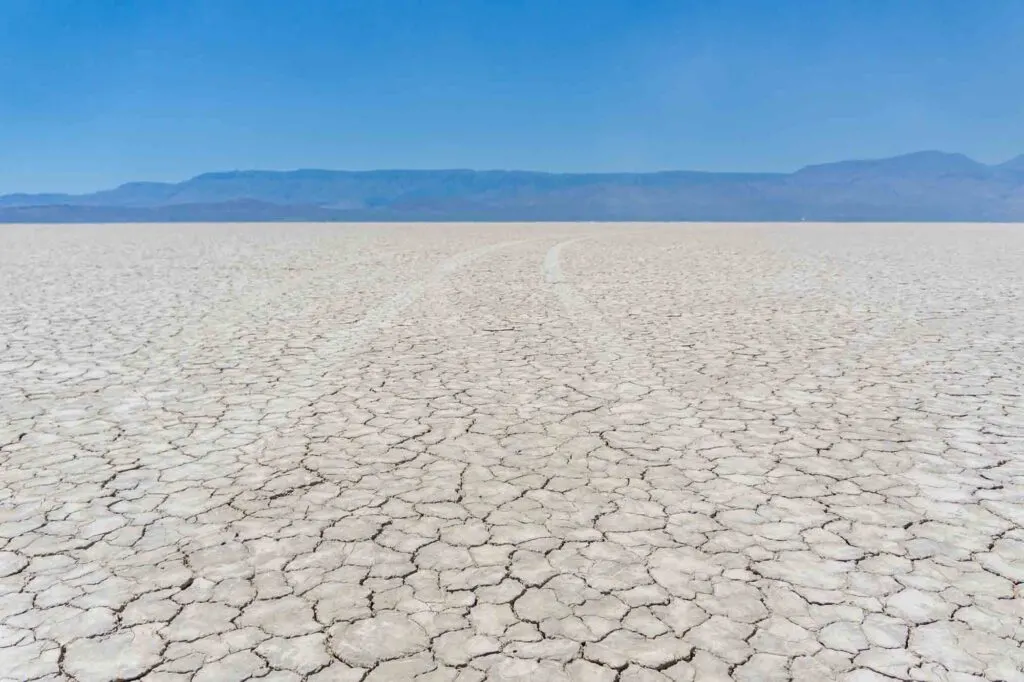
Red Desert: Home to the largest living sand dunes in the country, this desert is located at high-altitude in Wyoming.
Trans-Pecos Desert: A chunk of West Texas filled with desert-like climate and mountains, contributing to a richly diverse assortment of vegetation in the area.
Lachuguilla Desert: Named after an agave plant that grows exclusively in the area, this small US desert is in southwestern Arizona.
Yuma Desert: Sitting in the Salton Basin, this area has very little vegetation and even fewer human inhabitants. The Cabeza Prieta National Wildlife Refuge is located here.
Yuha Desert: A very important desert region in California for biologic and archaeological resources, it is home to the threatened flat-tail horned lizard as well as ancient fossils and geoglyphs.
White Sands: A well-known national park in New Mexico famous for its miles and miles of white sand dunes made of gypsum.
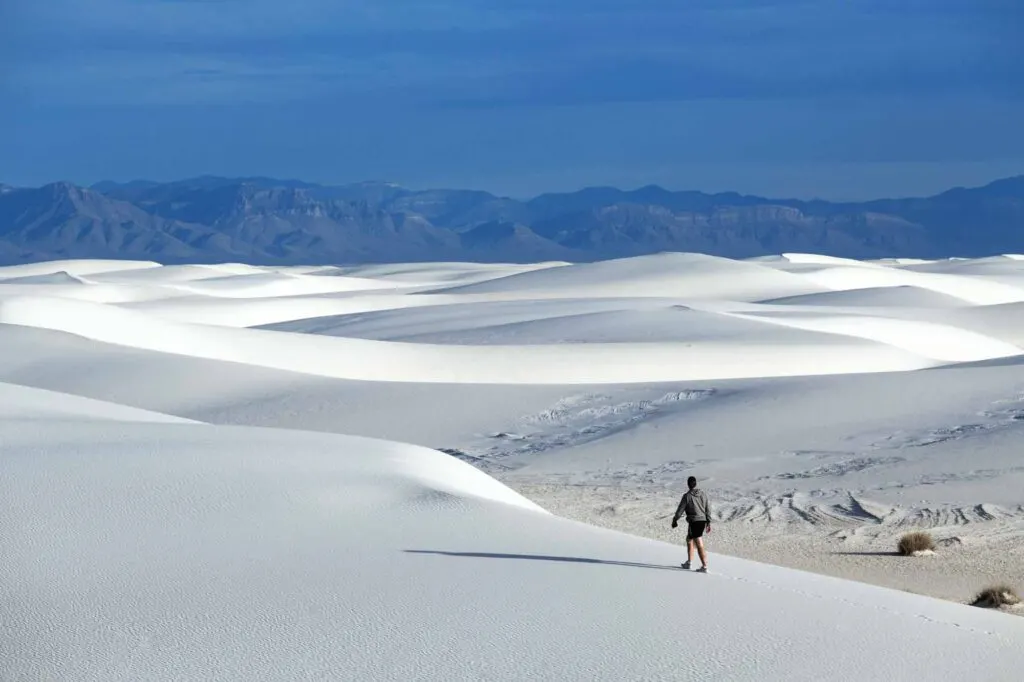
Colorado Desert: A desert area at low elevation in Southern California that has been highly irrigated for farm use.
Amargosa Desert: This area in western Nevada was home to ancient campsites dating back 10,000 years.
Forty Mile Desert: This area was known as the worst stretch of the pioneer trail to reach the west coast, where many people and animals perished due to the lack of water.
Smoke Creek Desert: Once named Mud Creek, this arid region sits on the western edge of Nevada.
Carson Desert: This region of Nevada only gets about 5 inches of rain per year.
Painted Desert: This chunk of Arizona was named by a Spanish expedition in the 1500s because of the bright colors seen in the rocks.
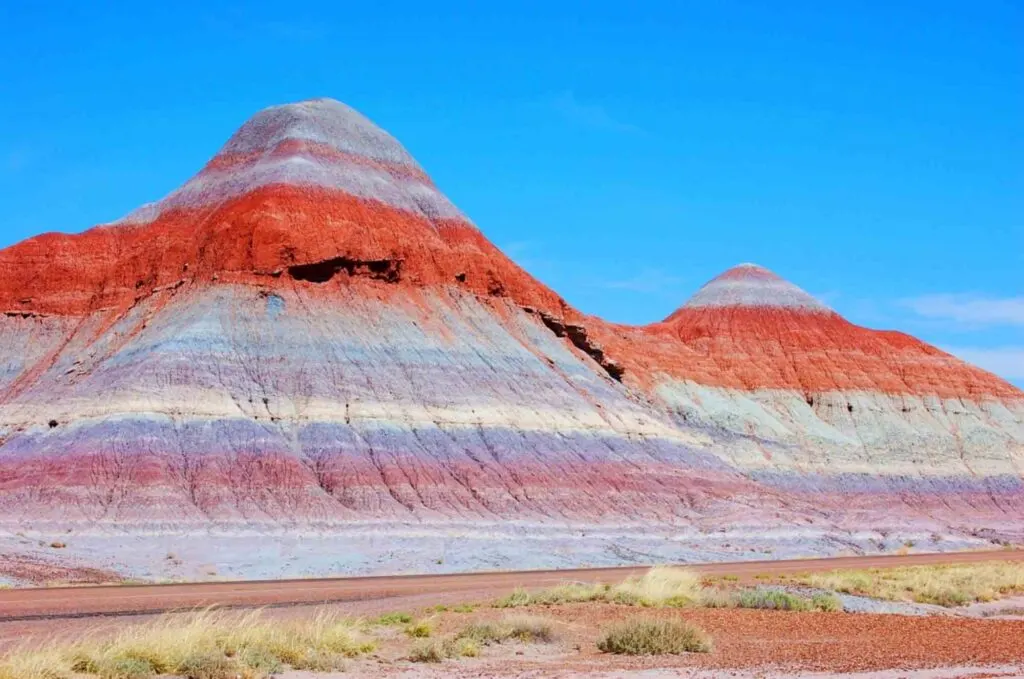
Great Salt Lake Desert: A giant, dry lake in Utah near the Great Salt Lake. It’s filled with evaporative salt flats that are common tourist destinations today.
Sevier Desert: This area in Utah is made of small mountains and valleys and is named after the river that runs through it.
Escalante Desert: Located in Utah, it’s known for the herds of wild horses that live on the plains here.
San Rafael Desert: This location is an extremely interesting geologic zone made of sandstone, shale, and limestone filled with dramatic rock formations.
Bisti Badlands Desert: An area of clay-rich soils that have been eroded into visually stunning scenery.
